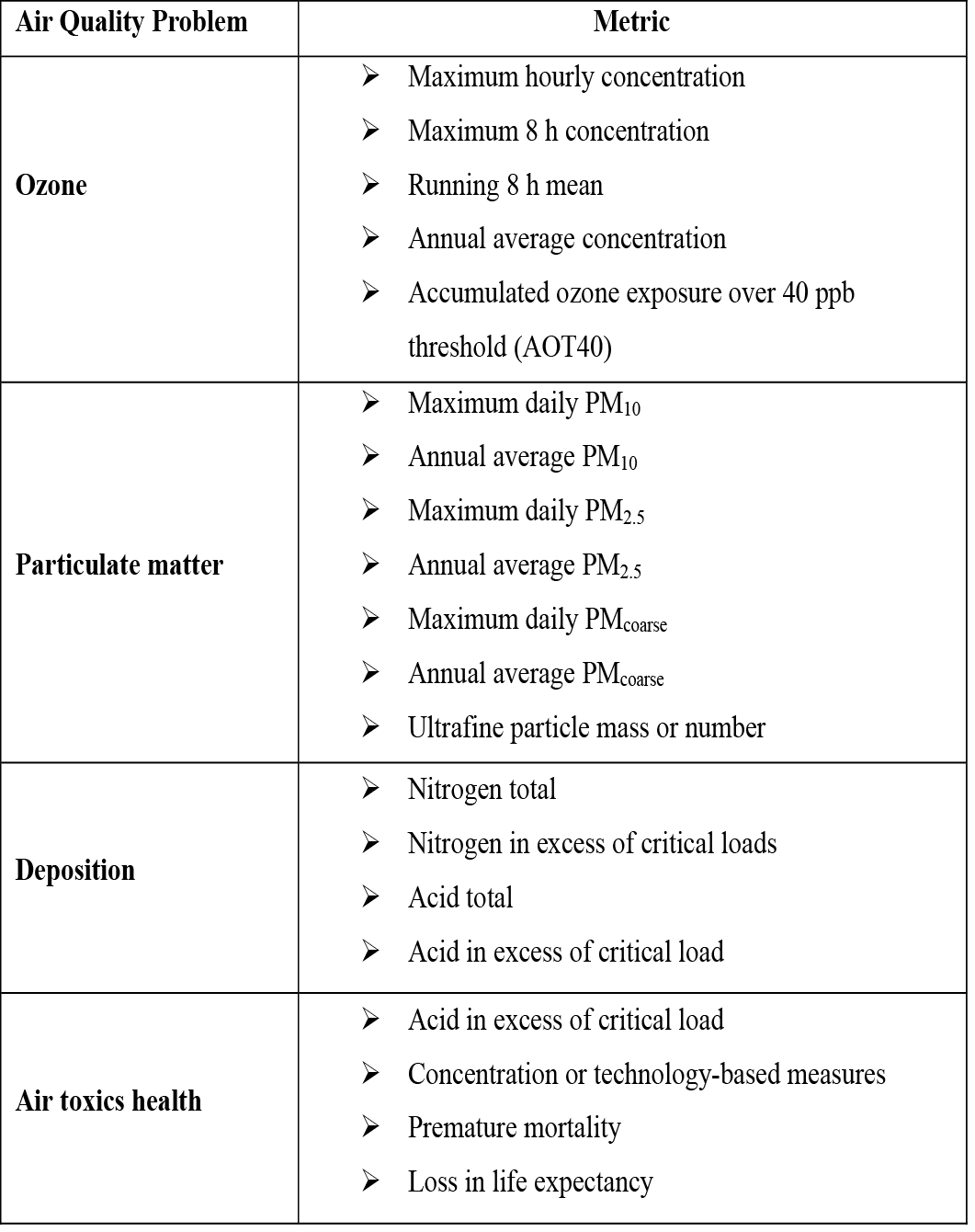Chemistry, Air Quality, and Climate Change: Uniting the Pieces of the Puzzle
Chemistry, Air Quality, and Climate Change: Uniting the Pieces of the Puzzle
Salim Saifullah1*, Tasmina Kanwal2 and Khadija Rehman2
A thorough review of the primary classes of climate change and air quality interactions, along with an illustration of a representative connection or feedback within each class. The emission sources depicted in the illustration serve as illustrative examples of potential sources, but they do not encompass the entirety of emission sources that are essential to the interaction shown. The components that hold the utmost relevance are indicated within the brackets subsequent to the respective class. Particulate matter (PM) serves as a comprehensive indicator for various sulphur dioxide (SO2), black carbon (BC), and aerosol sources (encompassing organic aerosol (OA)). On the other hand, ozone (O3) encompasses both O3 itself and its precursor compounds, namely nitrogen oxides (NOx), carbon monoxide (CO), and non-methane volatile organic compounds (NMVOCs) (Figure is reprinted under Creative Commons Attribution License (CC BY) from Von Schneidemesser et al., 2015).
Air quality metrics: These metrics provide valuable insights into the composition and condition of the air, allowing us to evaluate its impact on human health and the environment.






